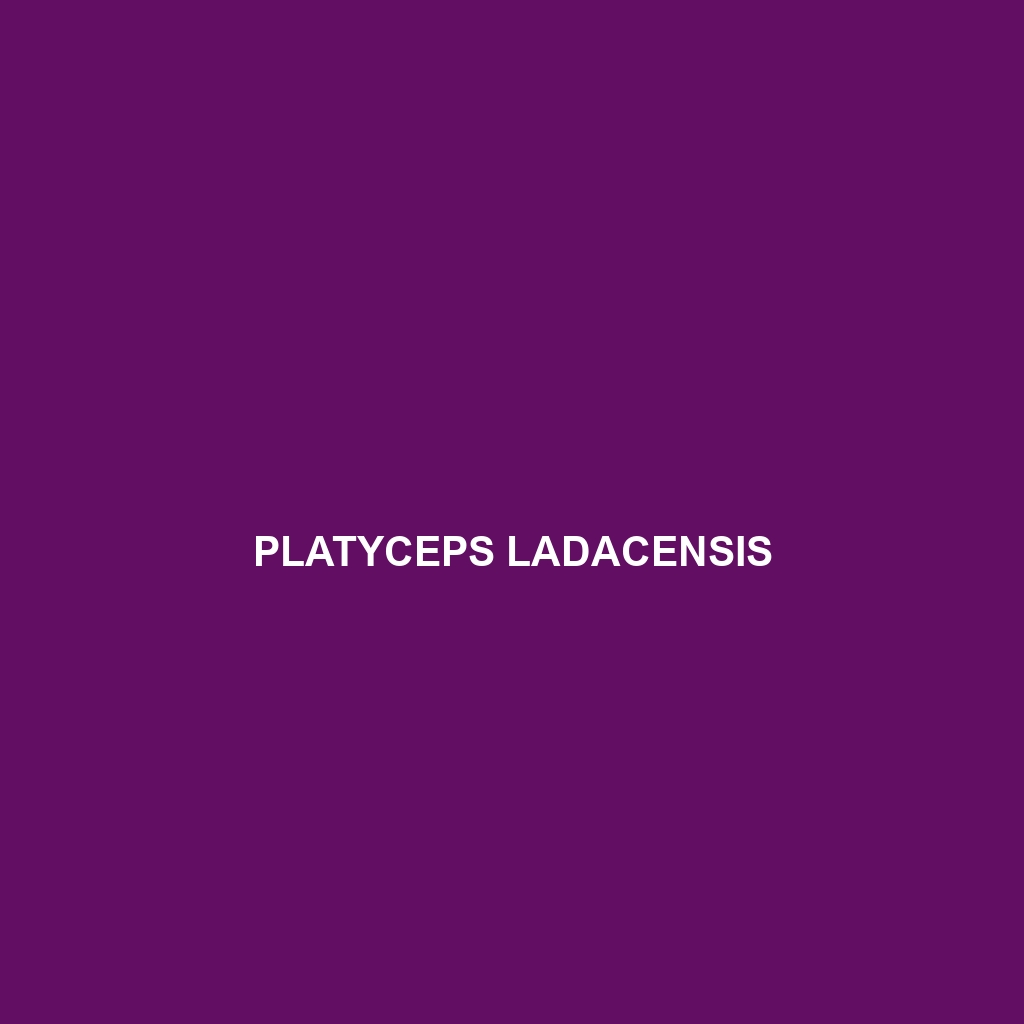<short_description>Discover the <b>Platyceps ladacensis</b>, or Ladac's snake, a slender and agile reptile found in Central Asia's arid regions. With a unique coloration for camouflage, this diurnal insectivore plays a vital role in its ecosystem by controlling insect populations and serving as a food source for larger predators.</short_description>
Tag: Kazakhstan fauna
Phrynocephalus clarkorum
Introducing the remarkable Phrynocephalus clarkorum, a moderate-sized lizard native to the rocky desert landscapes of Central Asia. This diurnal insectivore exhibits unique camouflage abilities, fascinating behaviors, and plays a vital role in its ecosystem by controlling insect populations.
Zarudny’s Jird
Discover the fascinating world of Zarudny's Jird (Meriones zarudnyi), a small mammal native to the arid regions of Central Asia. With its remarkable burrowing skills, social behavior, and unique adaptations to desert life, this vulnerable species plays a crucial role in its ecosystem, from seed dispersal to soil aeration. Learn more about their habitat, diet, and conservation status in our latest blog post.
Thick-tailed Pygmy Jerboa
Discover the fascinating world of the Thick-tailed Pygmy Jerboa (*Salpingotus crassicauda*), a diminutive rodent native to the arid regions of Central Asia. With its impressive agility, nocturnal foraging habits, and unique burrowing behaviors, this species not only thrives in harsh desert environments but also plays a vital role in ecosystem health through seed dispersal. Learn more about its physical characteristics, diet, and conservation status in our comprehensive species description.
Bobrinski’s Jerboa
Discover the fascinating world of Bobrinski's Jerboa, a small mammal thriving in the arid landscapes of Central Asia. Known for its impressive jumping ability and nocturnal behavior, this vulnerable species plays a crucial role in its ecosystem through seed dispersal and soil aeration. Learn more about its physical characteristics, diet, and the conservation challenges it faces today.




